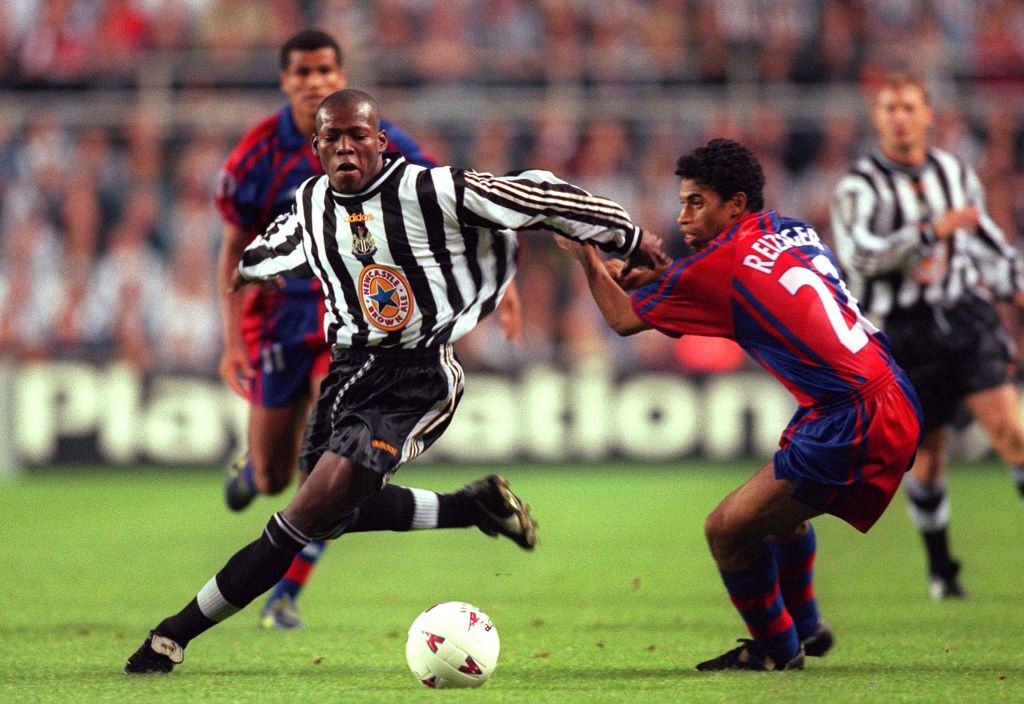The last Champions League group stage: Why Uefa is changing to the ‘Swiss model’

The Champions League group stage will be replaced by the ‘Swiss model’ next season. Here’s why it’s happening, what it will look like and whether it’s a European Super League by stealth.
There is a sense of renewal about this season’s Champions League, with a handful of familiar names returning to the top table of European football. Newcastle United play their first game in the competition for 20 years, while Arsenal are back for the first time since the death throes of the Arsene Wenger era. Royal Antwerp, meanwhile, are ending 66 years in the wilderness.
But it is also the end of an era. This evening marks the start of the last ever Champions League in the current format. Next season the group stage, long comprised of eight pools of four teams, will be replaced by a single league of 36 clubs playing selected opponents according to the so-called “Swiss model”, a system borrowed from chess.
The group stage has provided some iconic contests, from Faustino Asprilla’s hat-trick for Newcastle against Barcelona in 1997, Arsenal’s 5-1 win over Inter Milan at the San Siro in 2003 and Steven Gerrard’s thunderbolt against Olympiacos on the way to Liverpool’s 2005 victory. Yet it has also led to complaints about a lack of jeopardy in later match days.
It has been through multiple iterations since becoming the first stage of the competition proper since 1991-92, a year before the European Cup was rebranded as the Champions League. In 1999-2000 it expanded to 32 teams and a second group stage was added to whittle the last 16 down to eight. Uefa settled on the existing format in 2003-04.
But Uefa has come under increasing pressure from clubs to deliver more money from its competitions – or face the threat of a breakaway. The European Super League may have been halted in 2021, but the spectre has always hung over negotiations and forever will. Plans for the Swiss model had already been laid before that mutiny collapsed.
The new format will deliver more money in two main ways: creating more games and, in theory, more appealing fixtures. Whereas now teams play three opponents home and away, next year they will face eight different teams. That should mean more clashes between Europe’s biggest names and less repetition. This adds up to bigger TV and sponsor contracts.
In a sign of the ever-growing influence of teams over Uefa, the deals for the 2024-27 cycle are the first to be managed by a joint venture with lobby group the European Club Association. The move represented a concession to clubs who wanted more say in the selling process and is expected to deliver a 30 per cent increase in the value of the rights.
As for the tournament structure – well, it’s complicated. The 36 teams will be seeded and placed in four pots, then drawn to play two opponents from each pot and ranked altogether in one league. The top eight progress to the last 16, while places nine to 24 go into a play-off to join them. The last 16 draw is also be seeded and maps out the path to the final.
All this means four extra clubs in the Champions League. One apiece will go to teams from the two nations whose sides perform best in Europe this season, meaning fifth place in the Premier League could be enough for qualification this season. The continent’s fifth-ranked league, currently the Netherlands, gets another spot, as does the qualifying round.
So, more places for big teams in one big league – is this the European Super League by stealth? Not really. Crucially it remains an open competition, with no permanent or semi-permanent membership, although it will put even more of a squeeze on domestic cups. Romantic it ain’t, but it does deliver in the main way that clubs understand: more money.
